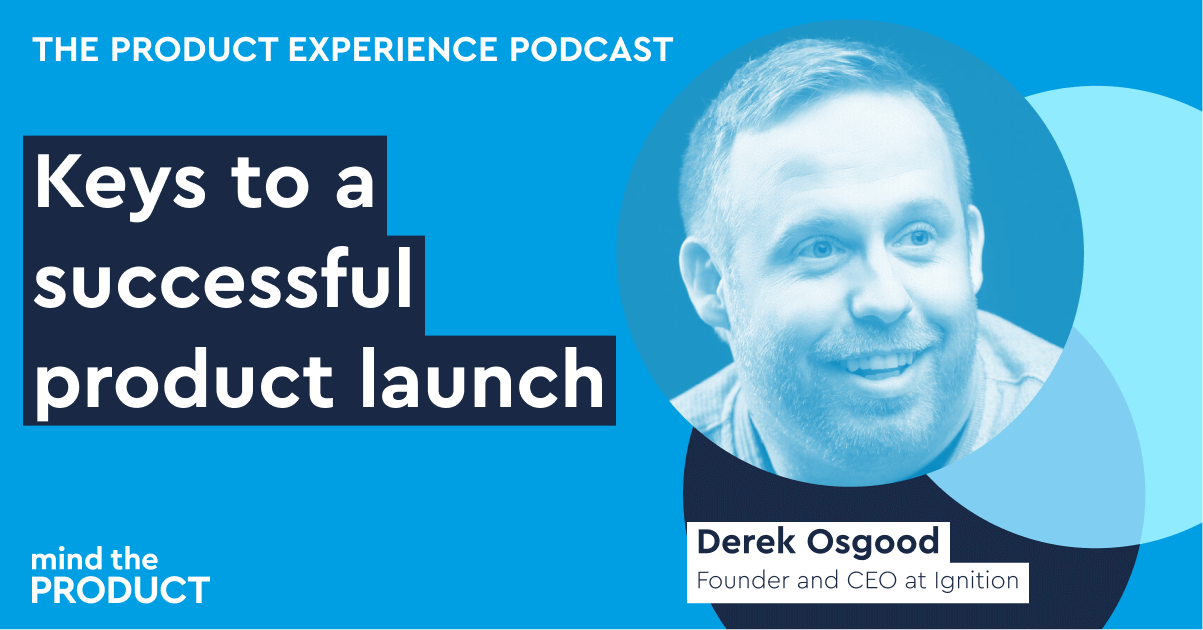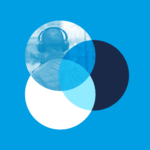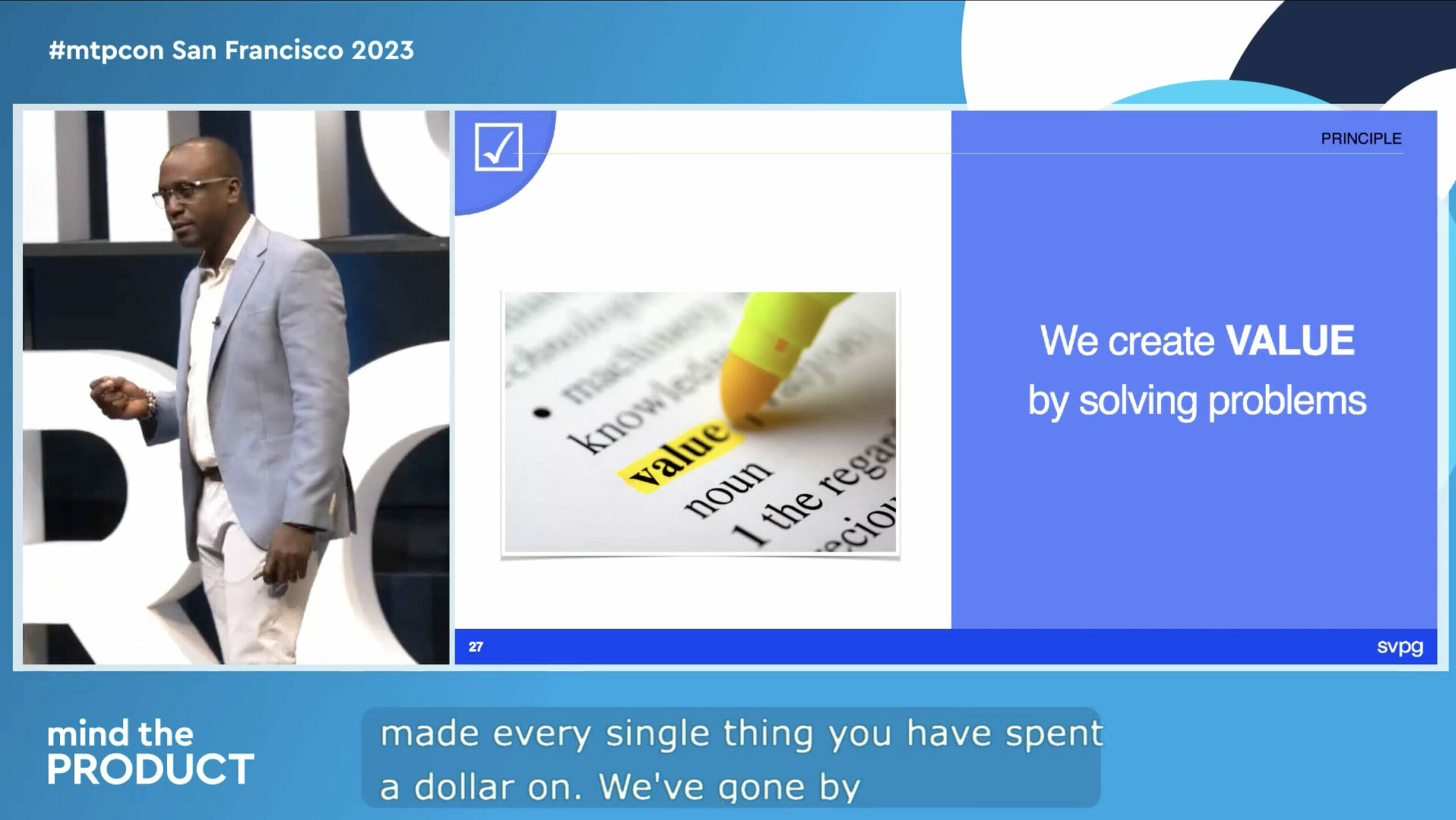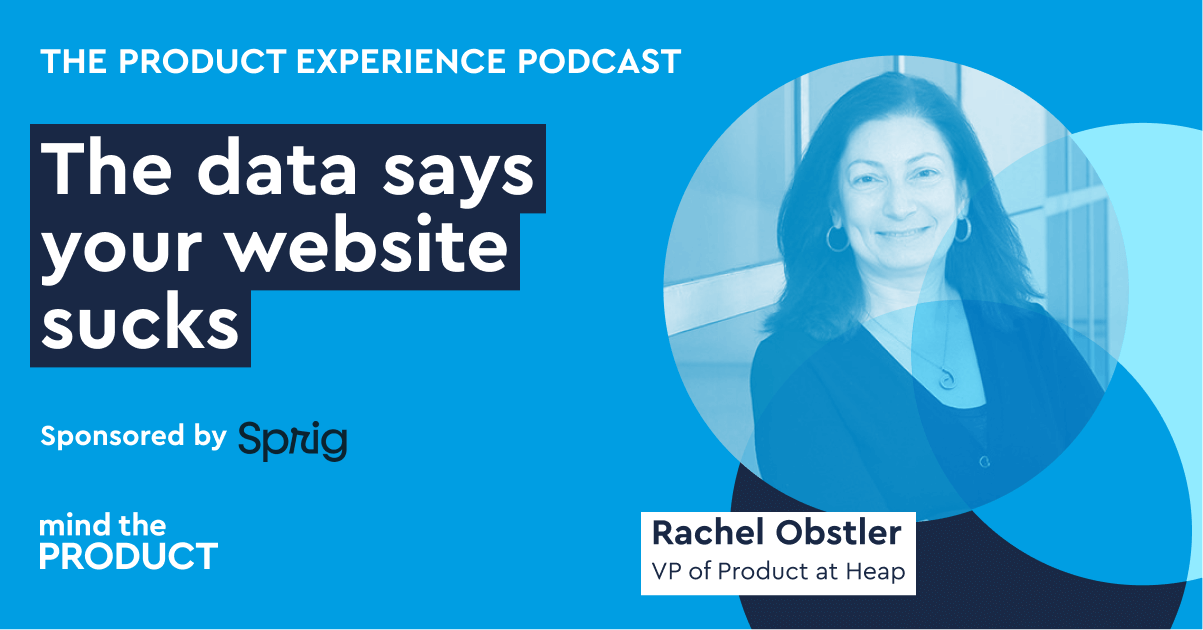With new tools or AI features coming to market, many of us have started to experiment with how they might help us do our jobs better. One of the most talked about tools for product people as of late is ChatPRD, billed as an on-demand Chief Product Officer who can draft and improve your PRDs while coaching you to become a better product manager. We speak with Claire Vo, LaunchDarkly's CPO, and ChatPRD's founder to find out.
Claire had an early interest in technology, and learned to code as a teenager. Her beginnings and entry into product management is what some may consider unconventional, with Claire studying American studies in the US, and then landing her first job as a copywriter for a startup, however in this position, she began to notice the similarities between writing and product management, mostly noticeably with documentation, communication, and a deep focus on the customers. This made for a natural transition to product management.
"At first few product jobs, I focused heavily on user experience design and data-driven tasks like experimentation," Claire says. These experiences at startups large and small taught her invaluable skills and enabled her to take the next step in starting her own companies, including one called Experiment Engine, which was eventually acquired by software company Optimizely.
After a stint as the CPO at Optimizely post-acquisition, she spent three years as the CPO at Color Health, leading the engineering, product, design, and data analytics teams. Now, she holds a similar role at LaunchDarkly, where she builds feature management and experimentation products. Over the past year, Claire's growing fascination with AI has led her to explore ways to streamline her own work. This curiosity culminated in the creation of ChatPRD in November 2023 as a side project.
“I was using tools like ChatGPT and Claude to improve my own efficiency, so when the GPT concept was released, I built my own GPT to create PRDs,” Claire says. “Every now and then, I get to do IC product tasks, so creating this tool helped me build out product documents, synthesise strategy, and basically automate all of the things that I had to do regularly.”.
As Claire continued to iterate on her AI tool, she began sharing it with product colleagues at LaunchDarkly who found it invaluable. Encouraged by their feedback, she built a landing page to gauge interest from the broader product management community. The response was overwhelming—thousands of people signed up to the landing page over Thanksgiving in 2023.
With growing demand, Claire identified the opportunity to monetise the product. "I started by charging about $2 a month," she recalls. This introductory pricing model allowed her to continuously add new features, attracting even more users and offering more pricing options, now sitting at $5 for Basic, $15 for Pro, and $24 for Team Memberships.
Today, ChatPRD has a user base of 17,000. The tool is used by product teams at publicly traded companies and startups, according to Claire. An idea that began as a personal tool has grown into a successful product with a team of five dedicated to supporting its user base.
Why has ChatPRD experienced fast growth in a short space of time? The biggest reason is its specialised use case and product thinking. The tool's personalised approach for product people compared to other options is what differentiates it from the rest, she believes.
Product Growth newsletter author Aakash Gupta compared ChatPRD with its competitors and you can check out his post here. His key takeaways are:
The ChatPRD prompt and ChatGPT mega-prompt come out ahead. Why?
We also polled our community about their use of product management tools for tasks. We found that ChatPRD (30%) and Perplexity (40%) are the front runners for product managers to use for regular tasks, with Productboard and Aha! also popular options.
“It's been such a fast-moving journey,” Claire says. “The number one lesson is that building this tool reminds me what real product-market fit feels like.”
“Building ChatPRD reminded me that product-market fit can feel very stupid. You can have a product barely working, but if it solves a real problem for users and it solves it well, they will rip that thing out of your hands.”
The number one indicator of great product-market fit is how angry your customers are when your product has a bug or is down because that means it's important to them, Claire says. “A few weeks ago, our hosting provider had a 30-minute outage. Within 60 seconds, I was getting messages left and right and centre.”
That experience of finding a raw product-market fit, and finding a specialised problem for people is something that Claire believes all product people need to focus on more frequently.
Building and maintaining ChatPRD on the side while being a CPO of a large software organisation means Claire must focus on what she will and won’t do. “Constraints breed innovation,” she says. “I think it's healthy for a product of this size to have time constraints as it causes you to focus on what’s really important for the customer.” She also believes that people underestimate the time available to them, especially with so many AI tools available. “It’s also fun to me,” she adds. “It feels fun and creative. It sometimes feels like my hobby.”
Claire has figured out smart ways to scale at ChatPRD; she has set up her team of five to focus on work that has a high impact. She sets a sprint on Sunday, and the two engineers work on it from Monday to Friday. She then checks in with the team on Wednesday evening and initiates new requests on Sunday. On the weekends, she writes code, merges code written by the engineers, and works on marketing, including her weekly release videos. She finds it's an efficient system that accommodates the constraints on her time.
She coded everything in the application itself for the first nine months and only expanded the ChatPRD team a few months ago. Claire says: “I only had the capacity to focus on building things that really mattered,” she says.” Every week, I had to decide what two things I could build. I finally reached a point where the product demands far exceeded a single person's part-time capacity from a building perspective.”
The team at ChatPRD continually runs surveys to understand its users. “We’re constantly hearing that it’s saving users tons of time, so the biggest piece of feedback is improving the output quality to get more of their time back,” she explains. With the recent expansion to a team of five—comprising herself, two engineers, a product manager focused on growth and retention, and a head of growth—Claire notes that ChatPRD is exploring whether the tool can transition from a weekly high-value resource to a daily utility for product managers.
However, the product’s core mission remains unchanged: to provide a valuable tool that helps product managers excel in their roles. "My vision is for ChatPRD to become the Chief Product Officer in every company worldwide," Claire says.
Claire says that whether she’s working on ChatPRD, or leading a team of 200 at LaunchDarkly, her approach remains the same: talk to customers, build what they want, and use your own product.
Her approach has always been to build products fast and get them into the hands of customers. That’s the best way to learn, she says. “I bring that philosophy to every product job, big and small. Although the way you do that at a large company like LaunchDarkly is different, the philosophy remains the same.”
“For example, at LaunchDarkly, I am hiring the right people, setting the right direction, creating the right operating model for the organisation, investing in the right technology and platform capabilities, to enable us to listen to customers, build what they want, learn from them fast,” she says. “I'm just very much a startup style leader. I believe that most companies, no matter how big they get, can build quickly, and so I tend to be the same in both organisations, just different tools to get the same job done.”
Claire closes with some thoughts on the likely impact of AI: “If you’re not thinking about how AI will change how you do your job and are not willing to be experimental with how you learn and use these tools, I think you're going to be left behind. It's coming. You should be prepared as opposed to waiting and seeing what will happen.”
Discover more great content on Mind the Product







Comments
Join the community
Sign up for free to share your thoughts